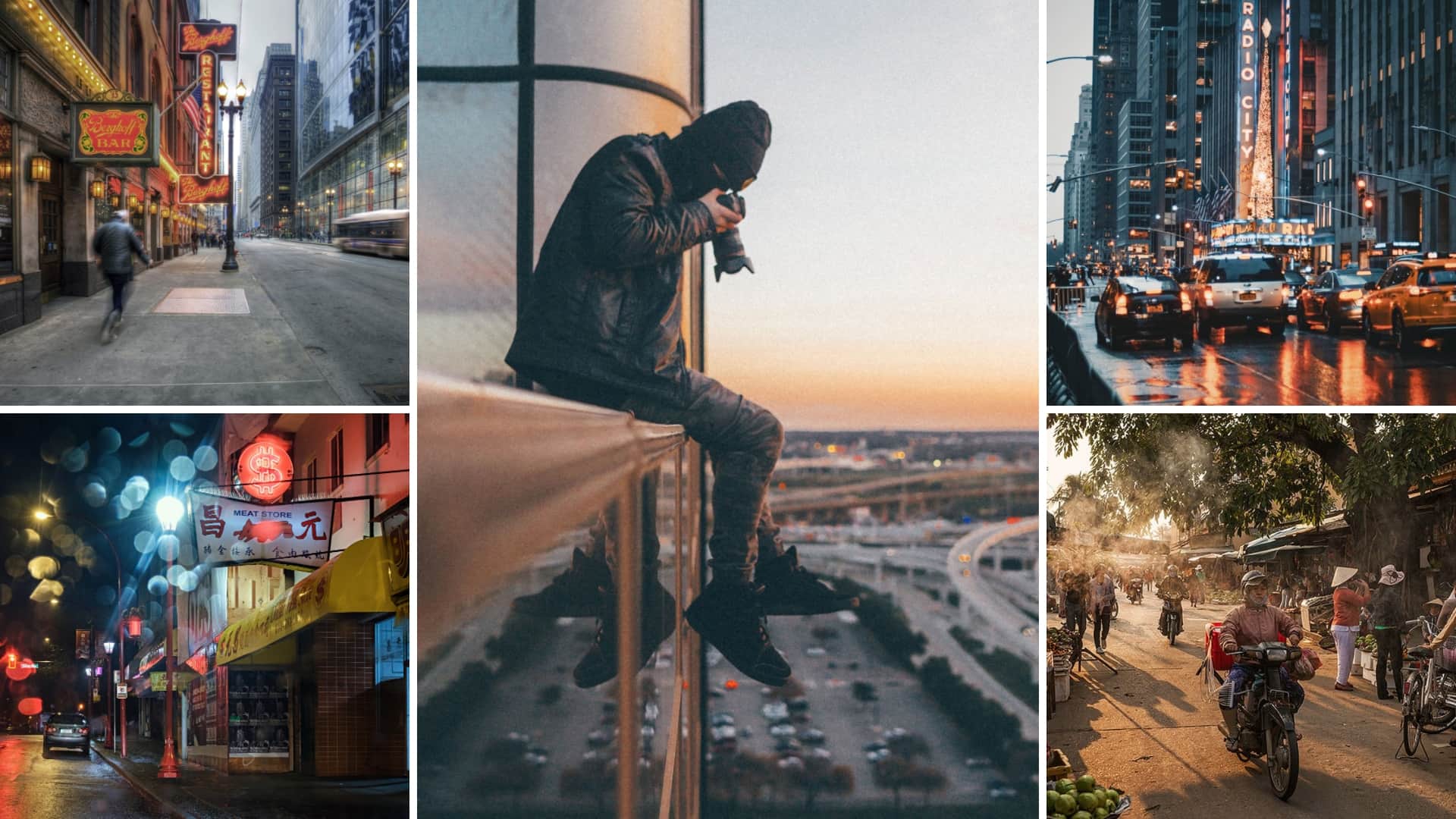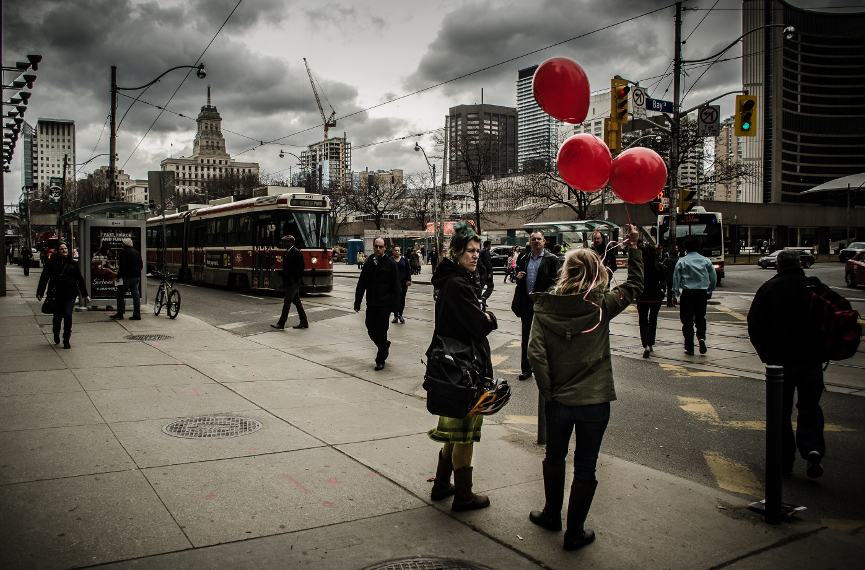The Ultimate Guide To Framing Streets
The Ultimate Guide To Framing Streets
Blog Article
The Of Framing Streets
Table of ContentsRumored Buzz on Framing StreetsExamine This Report on Framing StreetsThe 7-Minute Rule for Framing StreetsGetting The Framing Streets To WorkUnknown Facts About Framing StreetsThe 8-Second Trick For Framing Streets
Photography genre "Crufts Pet Program 1968" by Tony Ray-Jones Street photography (also in some cases called honest digital photography) is photography conducted for art or questions that features unmediated possibility encounters and arbitrary occurrences within public places, typically with the aim of catching pictures at a crucial or touching moment by careful framework and timing. 
The Definitive Guide for Framing Streets
Susan Sontag, 1977 Street photography can concentrate on individuals and their behavior in public. In this regard, the street professional photographer resembles social documentary digital photographers or photographers that additionally operate in public areas, but with the goal of capturing newsworthy occasions. Any one of these photographers' pictures might capture individuals and residential property noticeable within or from public places, which commonly involves browsing honest concerns and laws of privacy, safety, and residential or commercial property.
Depictions of everyday public life create a style in virtually every period of world art, starting in the pre-historic, Sumerian, Egyptian and early Buddhist art periods. Art managing the life of the road, whether within views of cityscapes, or as the dominant motif, appears in the West in the canon of the North Renaissance, Baroque, Rococo, of Romanticism, Realistic look, Impressionism and Post-Impressionism.
All About Framing Streets
Louis Daguerre: "Boulevard du Holy place" (1838 or 1839) In 1838 or 1839 the first photo of numbers in the street was recorded by Louis-Jacques-Mand Daguerre in among a pair of daguerreotype sights extracted from his studio home window of the Boulevard du Holy place in Paris. The second, made at the height of the day, reveals an unpopulated stretch of street, while the various other was taken at about 8:00 am, and as Beaumont Newhall records, "The Boulevard, so constantly loaded with a relocating throng of pedestrians and carriages was perfectly singular, other than an individual that was having his boots brushed.
His boots and legs were well specified, but he is without body or head, since these were in motion." Charles Ngre, waterseller Charles Ngre. https://framingstreets1.godaddysites.com/f/framing-streets-mastering-the-art-of-street-photography was the first professional photographer to attain the technical sophistication needed to sign up individuals in activity on the street in Paris in 1851. Digital Photographer John Thomson, a Scotsman collaborating with reporter and social protestor Adolphe Smith, published Street Life in London in twelve monthly installments beginning in February 1877
What Does Framing Streets Do?
Eugene Atget is considered a progenitor, not because he was the very first of his kind, however as a result of the popularisation in the late 1920s of his record of Parisian streets by Berenice Abbott, who was inspired to undertake a comparable documents of New York City. [] As the city established, Atget assisted to advertise Parisian streets as a deserving topic for digital photography.

Excitement About Framing Streets
Martin is the very first tape-recorded professional photographer to do so in London with a disguised electronic camera. Mass-Observation was a social research study organisation started in 1937 which aimed to tape everyday life in Britain and to tape the reactions of the 'man-in-the-street' to King Edward VIII's abdication in 1936 to marry separation Wallis Simpson, and the succession of George VI. The chief Mass-Observationists were anthropologist Tom Harrisson in Bolton and poet Charles Madge in London, and their very first record was created as the publication "May the Twelfth: Mass-Observation Day-Surveys 1937 by over 2 hundred observers" [] Home window cleaner at Kottbusser Tor, Berlin, by Elsa Thiemann c. 1946 The post-war French Humanist Institution photographers discovered their topics on the road or in the bistro. Andre Kertesz.'s commonly admired Images la Sauvette (1952) (the English-language version was titled The Decisive Moment) promoted the idea of taking a photo at what he described the "crucial minute"; "when kind and material, vision and structure merged into a transcendent whole" - Sony Camera.
The Single Strategy To Use For Framing Streets
The recording device was 'a covert camera', a 35 mm Contax hidden under his coat, that was 'strapped to the chest and connected to a lengthy cable strung down the best sleeve'. However, his job had little contemporary impact as due to Evans' level of sensitivities concerning the originality of his task and the privacy of his topics, it was not released up until 1966, in guide Several Are Called, with an intro composed by James Agee in 1940.
Helen Levitt, then an instructor of little ones, associated with Evans in 193839. She documented the temporal chalk illustrations - photography presets that were part of youngsters's street society in New York at the time, along with the children that made them. In July 1939, Mo, MA's brand-new photography area included Levitt's job in its inaugural exhibitionRobert Frank's 1958 publication,, was significant; raw and often indistinct, Frank's pictures examined mainstream photography of the moment, "challenged all the formal regulations visit this website laid down by Henri Cartier-Bresson and Walker Evans" and "contradicted the wholesome pictorialism and heartfelt photojournalism of American magazines like LIFE and Time".
Report this page